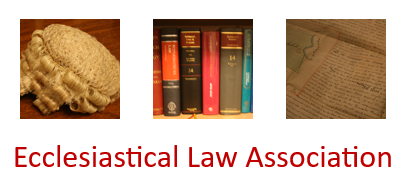The petitioner's brother died aged 21 in 1977 and was buried in the churchyard. A dark grey polished headstone bearing two carved images (a church window and ears of corn) was placed on the grave. The petitioner's mother died in 2020 and her remains were interred in the grave, but there was insufficient room on the existing headstone for a further inscription. The petitioner applied for permission to replace the headstone with a new one which did not conform to the churchyard regulations, in that it would have a polished surface and more than two carved images - similar images to those on the original headstone, plus a small carved rose, as the petitioner's mother (Rosalie) was known as Rose. Also the words 'Mum, Nan and Great Nan' were proposed as part of the inscription. The Chancellor granted a faculty, being satisfied that the three images would not make the stone look cluttered, and he did not object to the use of the words 'Mum, Nan and Great Nan'.

